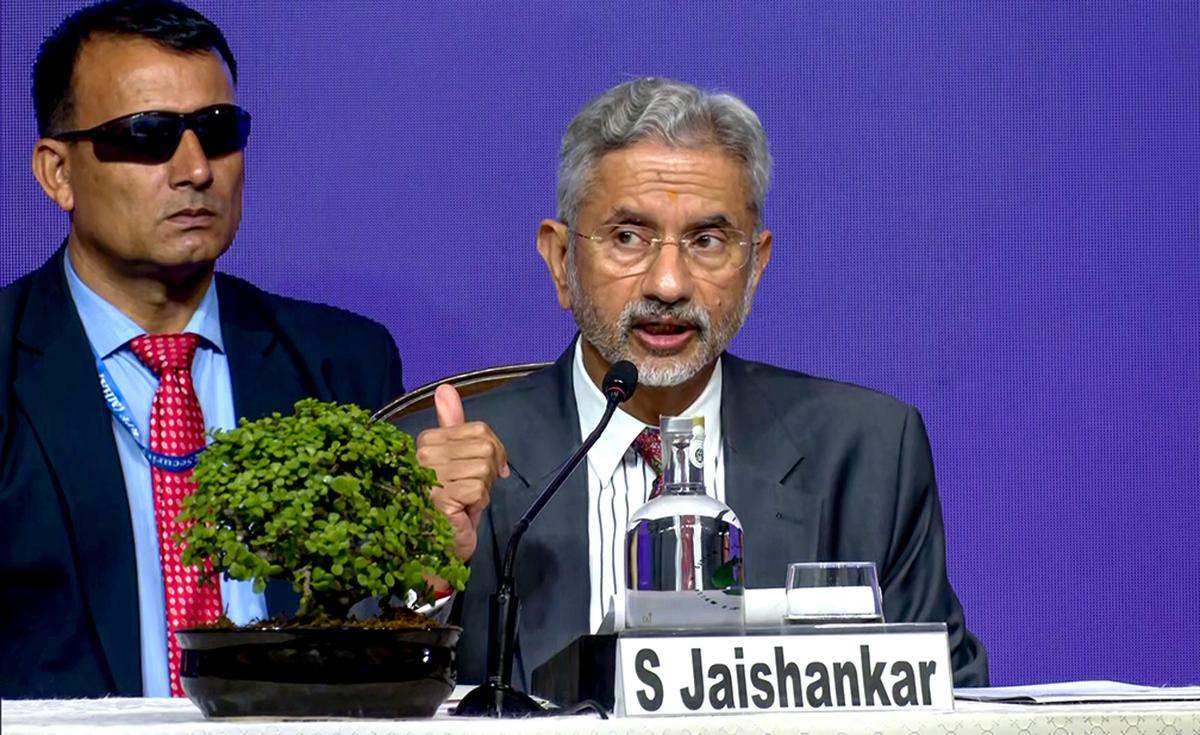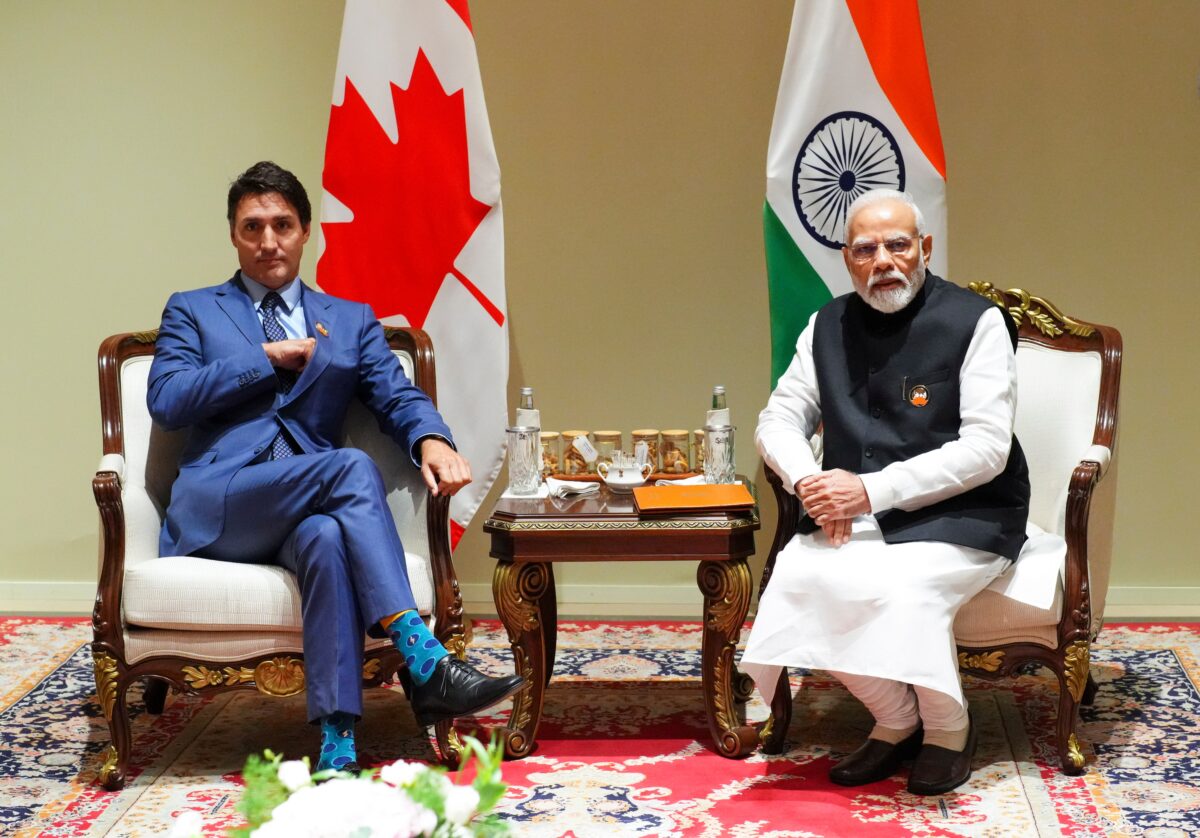Indian Foreign Minister S Jaishankar has ensured that visa services for Canadians will be continued once the safety of Indian Diplomats is promised. Ottawa claims to be peculiar about Diplomats’ safety. But no official response has been received so far on the allegations of India about safety threats to Indian diplomats.
Suspending Visa Services:
India stopped the visa services for Canadians after they suspected possible safety issues with their diplomats. An Indian spokesperson mentioned that the High Commissioner himself was threatened which posed issues to continuing with normal functioning. The services were stopped in September 2023. Also, even if the services are continued there will be some delays in the process due to the decrease in number of Canadian diplomats.
21 Diplomats each:
Earlier, there were high numbers of Canadian diplomats in India, especially in India in comparison to Indian Diplomats in Ottawa. But after the whole sequence with Khalistani and death of their leader, the extra diplomats were removed from India seeking parity.
India had asked Canada to call 49 extra diplomats back to their country as soon as the incident happened in September. However, this decision was criticized by both the UK and the USA.
Violation of International Law:
The order to remove the diplomats was called ‘violation’ by Canada. But on Sunday, S Jaishankar has mentioned that maintaining diplomatic parity between 2 countries is under the provisions of Vienna Convention and no law has been violated. India reasoned that the diplomats were interfering too much into Indian affairs and so was necessary to equalize the representation of both countries.
S Jaishankar also said he wants to solve all the issues and will do the needful. He also mentioned that India only has problems with certain parts of their politics that are disturbing the Indian conduct. Even before the death incident, India had raised concern related to the security of Indians against Khalistani.

Statistics behind movement of people:
Canadian Prime Minister Justin Trudeau raised concerns over how this diplomatic conflict is affecting millions of people residing in both countries. According to the 2021 census, 14 lakh Indians are residing in Canada, that is around 3.7% of Canada’s population and half of them are Sikhs. Also, over 40% of the overseas students were from India, the exact number being 3.2 lakhs which is the highest contribution to international students.
This exchange is not only one-sided. But Canadian tourists also make up the maximum number of tourists in India i.e. over 80,000 in 2022.
Canada’ response to removing Diplomats:
After the withdrawal of 41 diplomats from the Indian continent, it is speculated that Canada will pose problems for Indians in Visa processing and providing PR. Already the Visa and consultation services have been stopped in 3 major cities i.e. Bengaluru, Mumbai and Chandigarh. According to Globe and Mail, around 17,500 applications will be affected due to rising tensions between the countries. Someone also mentioned that Canada has another solution of transferring the applications to other countries for processing.

Melanie Joe, Canadian Foreign Minister, however has said that Canada will not demand the same withdrawal from India. Canada definitely does not want the situation to worsen further. Also, Melanie mentioned that they complied with the request because they were also concerned about the safety of their diplomats and this step will increase diplomatic immunity.
How it all started?:
After the death of Hardeep Singh Nijjar, a Khalistani leader, there was unrest among the Khalistani supporters. However, Trudeau’s statement in the National Parliament only fueled the situation. He said that Canadian intelligence has found a link between the death of the leader and involvement of Indian agents. This led to several protests across regions against the Indian government. India was equally disappointed by the allegation and denied any kind of involvement. In response to this, India stopped the services and free trade talks and one by one, series of incidents happened to increase the gap.



